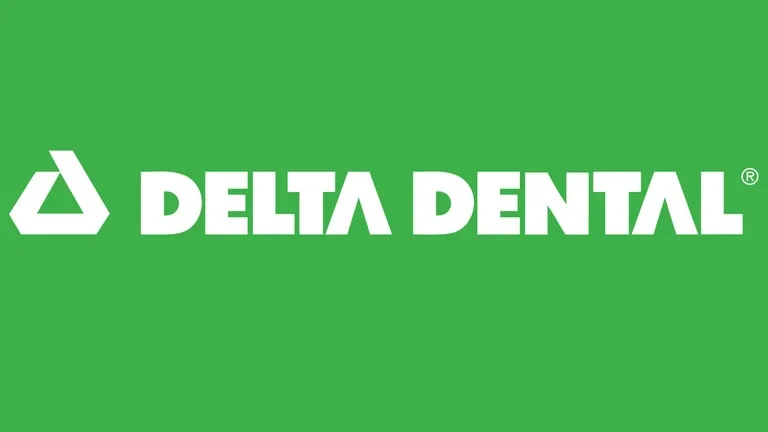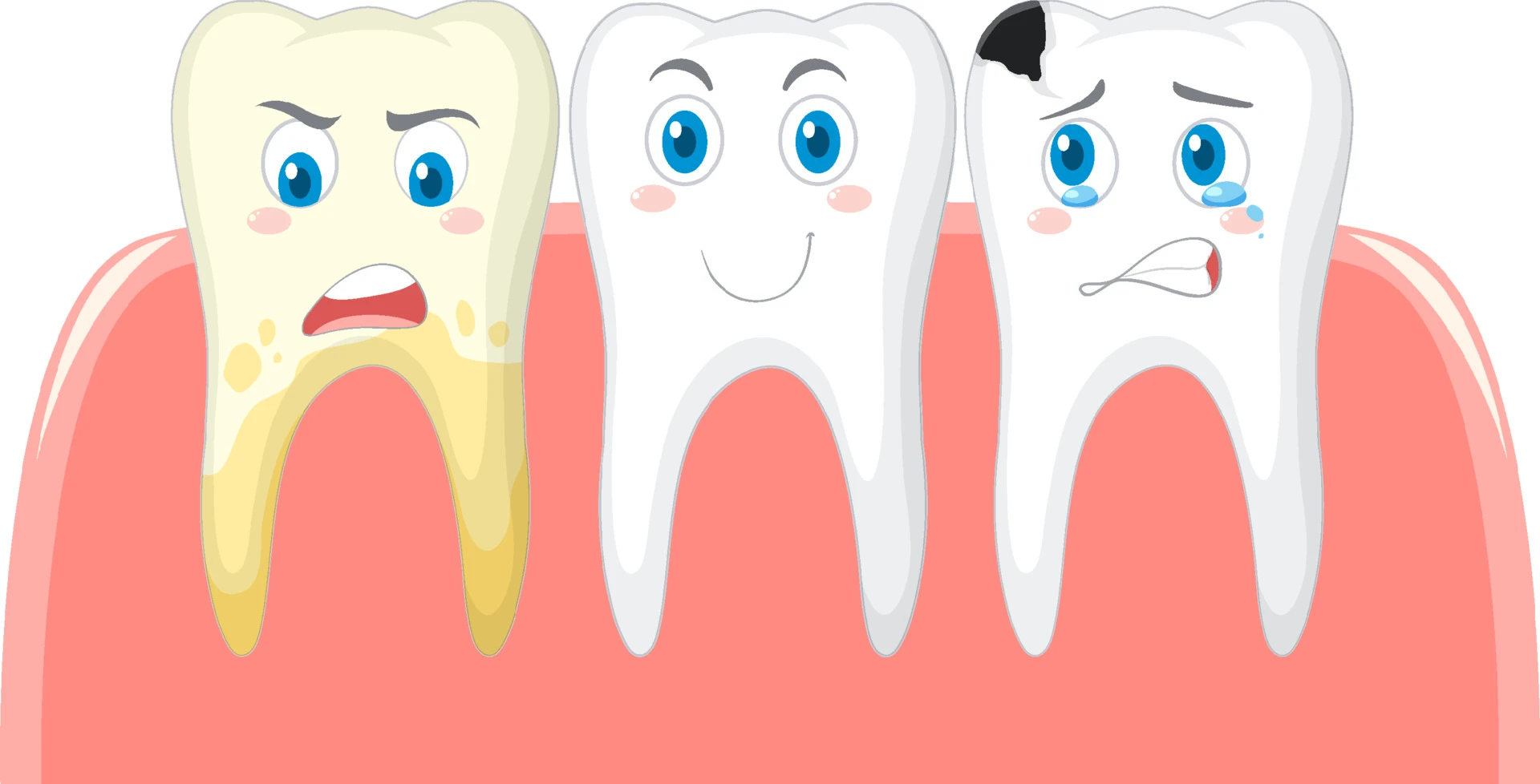Pricing Factors and Options
Several factors influence price quotes for dental insurance. Primarily, the number of individuals covered by the plan dictates the premium, whether it's for an individual, a couple, or a family with children. Additionally, regional disparities in the cost of dental care impact pricing; for instance, dental services in Los Angeles or San Diego may differ from those in San Francisco.
A review conducted by DentalInsurance.com in 2023 analyzed 44 dental plans available in California. Among these options, premiums varied significantly based on the region. For instance, the lowest monthly premium found was $6.95 (Dental Health Services' SmartSmile DHMO) for a 33-year-old enrollee, while the highest was $93.65 (Nationwide's Classic 2000 + VSP Premium), a plan inclusive of both dental and vision coverage. Delta Dental's Immediate Coverage Plan PPO offered comprehensive coverage, including orthodontic benefits, for $85.44 per month, with no waiting periods.
On average, the monthly premium for a 33-year-old Californian across all plans surveyed was $45.48. The reviewed plans were offered by companies such as Ameritas, Anthem BlueCross, Delta Dental, and Guardian Dental, among others. It's worth noting that this selection represents only a subset of insurers in the state, with 52 corporate entities submitting Medical Loss Ratio information for California dental plans in 2021.
While it's advisable to consider a combination of benefits, dentists, and premiums, some consumers prioritize affordability. In California, several plans were identified with premiums under $20 per month in various regions, although prices could vary based on location.
Coverage, Costs, and Considerations
Dental insurance plans in California exhibit a diverse array of coverage options, costs, and complexities. Premiums vary based on factors like regional disparities, enrollment numbers, and plan specifics. However, a higher premium doesn't guarantee superior coverage, as benefits can significantly differ among plans, regardless of price. Notably, the study found that 90.9 percent of plans imposed annual maximum benefit limits, ranging from $500 to $10,000, with some plans surprisingly offering lower limits despite higher premiums.
The average maximum benefit observed was $1,818, marking a 14 percent increase from the previous year. Some plans even raised their benefit limits in subsequent years of continuous enrollment. Furthermore, certain plans surpassed the state average for maximum benefits, while others, including HMOs and dental discount programs, offered unlimited benefits.
Concerning waiting periods, nearly 40 percent of plans surveyed didn't impose any waiting periods for covered services, although they're common for procedures like crowns and root canals, which may have waiting periods ranging from 90 days to 18 months.
Out-of-pocket costs varied widely, with California PPO and indemnity plans covering approximately 61 percent of cavity filling fees on average, while extractions averaged 44.4 percent coverage. Deductibles were relatively modest, with an average annual deductible of $49 for individuals, with one-fifth of plans waiving the deductible entirely. Deductible structures for families also varied, with around one-third of plans capping the family deductible at $150 per year, irrespective of the number of family members covered.
Dentist Networks
With over 30,000 active dentists, California boasts a robust dental care landscape. When selecting a dental insurance plan, understanding its coverage is paramount. It's crucial to verify if your dentist is in-network before enrollment to mitigate the risk of higher out-of-pocket expenses. Visiting an out-of-network dentist can lead to elevated bills and lack of payment assistance from your plan.
Dental plans come in various forms, including health maintenance organizations (HMOs or DHMOs), preferred provider organizations (PPOs or DPPOs), indemnity plans, and discount dental programs. While PPO plans offer broader dentist networks, they may entail higher out-of-pocket costs. Conversely, HMOs, while potentially lacking annual benefit limits, often have restricted networks and require referrals for specialist care. Among California plans, 77 percent were PPOs, with indemnity plans comprising 9 percent and HMOs the remainder.
Indemnity plans provide flexibility by allowing enrollees to choose any dentist, but they require upfront payment, with reimbursement sent afterward. The variance between the care cost and the reimbursement can be substantial, and not all services may be covered. On the other hand, dental discount programs charge a monthly fee and offer reduced rates for care from participating dentists. While they typically lack annual benefit limits, the discounted rates may still entail significant out-of-pocket expenses for enrollees.
Flexible Enrollment Options for Private Dental Insurance
Unlike group dental plans typically offered by employers, private dental insurance allows for enrollment, plan changes, or discontinuation at any time of the year, without being confined to an annual enrollment period. However, special circumstances may warrant exceptions to this rule, such as qualifying for a Special Enrollment Period due to recent life events like childbirth, marriage, or employment changes.
Enrolling in a dental plan is a straightforward process. Simply navigate to the website's homepage and click on the "Get Price Quotes" button. From there, you can specify the number of individuals to be covered and provide your zip code to filter out plans available in your region. Once the available plans are displayed, select the one that best suits your needs and click on the "Apply Now" button to initiate the application process.
Completing the application form typically takes only a minute or two. After submission, you'll receive an email confirmation of your enrollment, ensuring a hassle-free and efficient enrollment experience for obtaining private dental insurance coverage.



